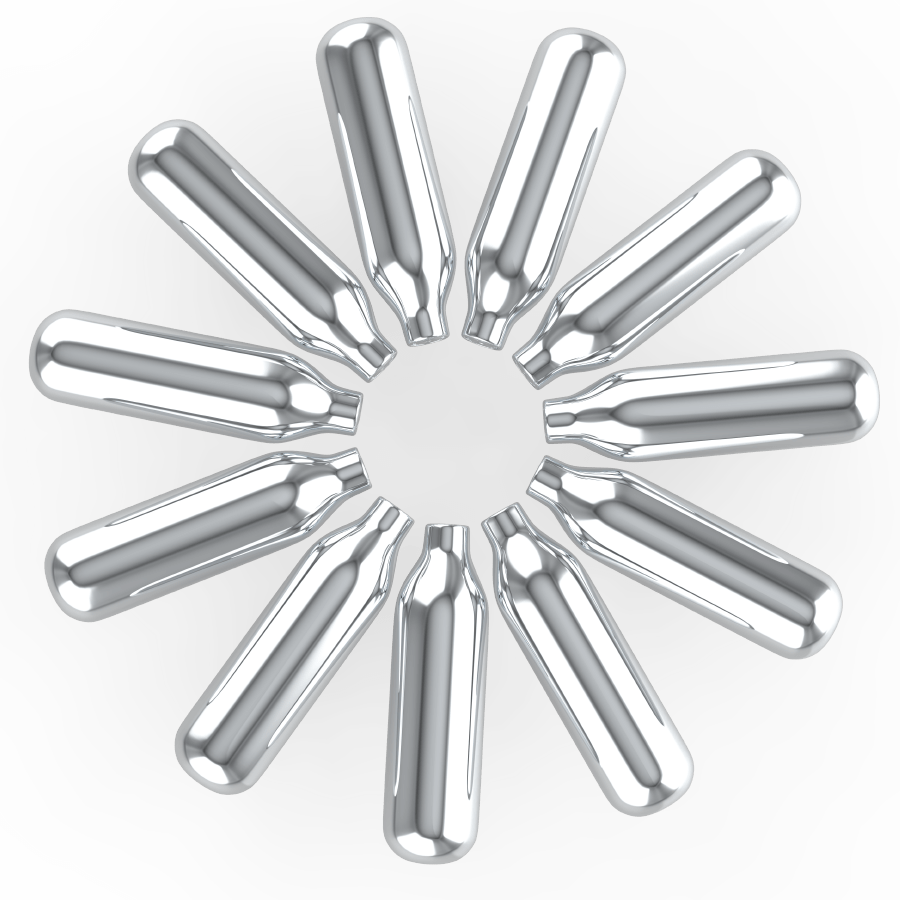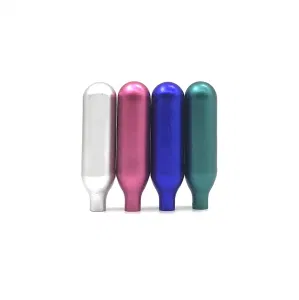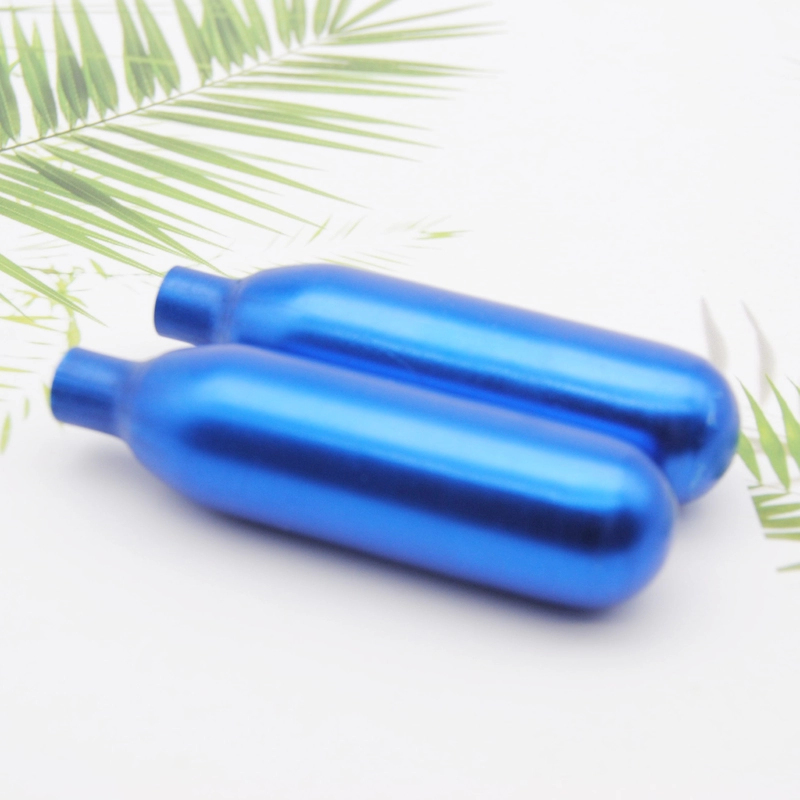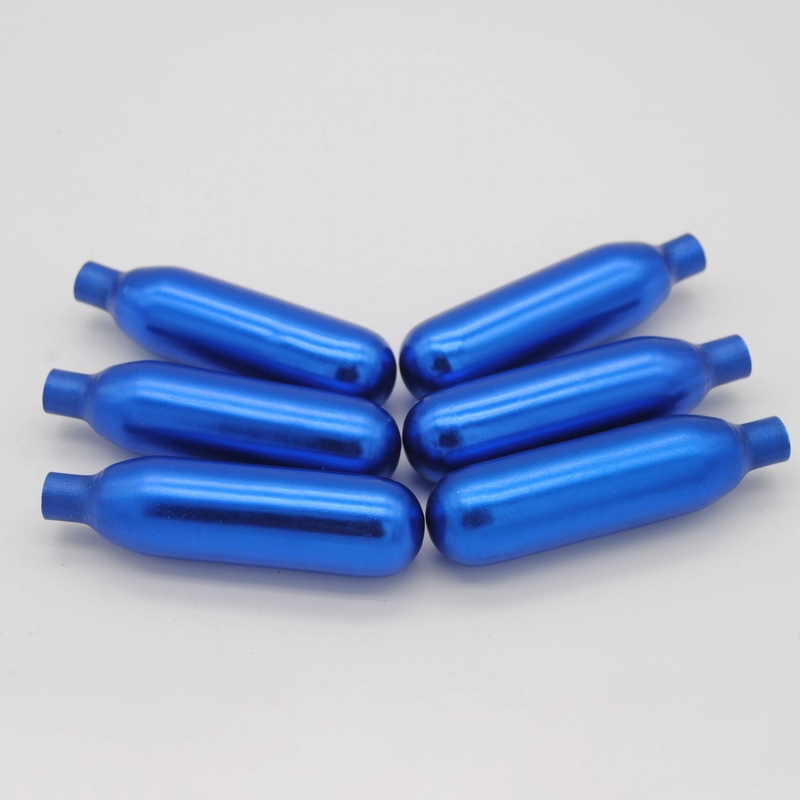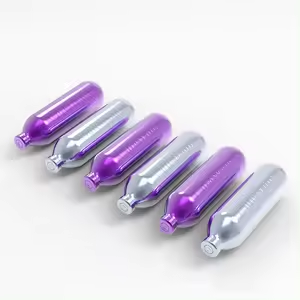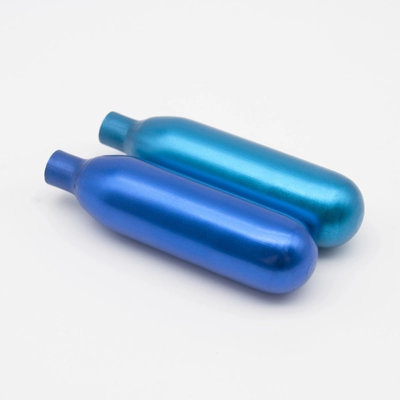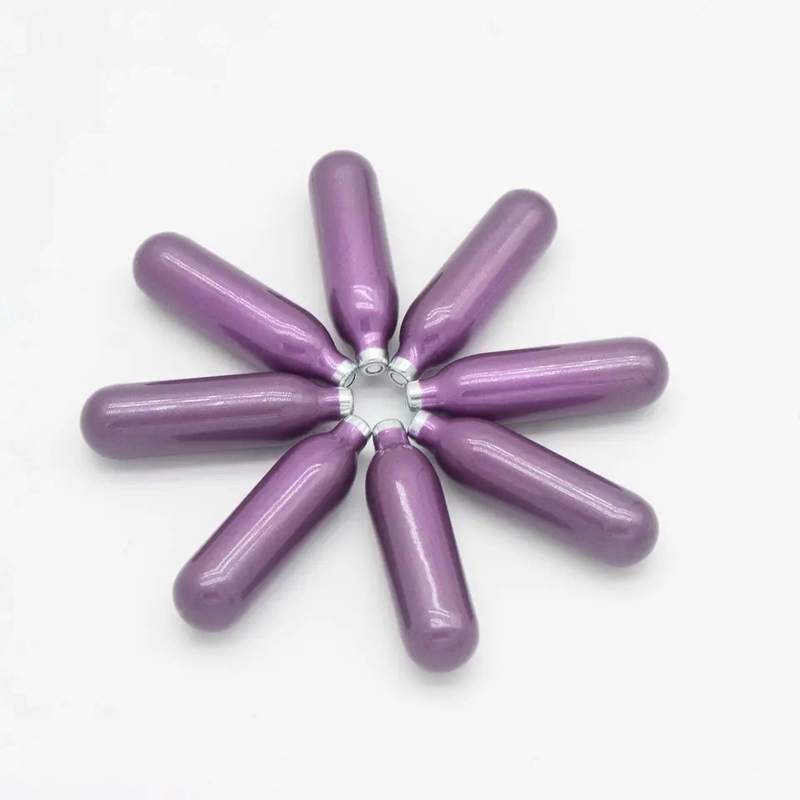Introduction
Nitrous oxide (N20) cylinders are commonly used in the medical and dental industries for anesthesia purposes. They are also used in the food industry to create whipped cream and in automotive racing for added horsepower. However, due to the nature of the gas, it is important to store and transport N20 cylinders properly to ensure safety.
II. Understanding N20 Cylinders N20 cylinders are made of aluminum and are designed to hold compressed nitrous oxide gas. The pressure in the cylinder ranges from 750 to 900 pounds per square inch (psi). The cylinders come in various sizes and can hold up to 50 pounds of gas.
Proper Storage of N20 Cylinders
Securing the Cylinder in an Upright Position N20 cylinders should be stored in an upright position at all times. This is to prevent the valve from being damaged or the cylinder from falling over. The valve should always be in an upright position to prevent the gas from leaking.
B. Store in a Dry and Well-Ventilated Area N20 cylinders should be stored in a dry and well-ventilated area. Moisture can cause corrosion, which can weaken the cylinder and cause it to rupture. A well-ventilated area will help to prevent the buildup of gas in the event of a leak.
C. Avoid Heat and Direct Sunlight N20 cylinders should be stored away from heat and direct sunlight. Exposure to heat can cause the gas to expand and increase the pressure inside the cylinder, which can lead to a rupture. Direct sunlight can also cause the cylinder to heat up, which can lead to an increase in pressure.
D. Keep Away from Flammable Materials N20 cylinders should be stored away from flammable materials such as oil, grease, and gasoline. Nitrous oxide is not flammable, but it can support combustion and can cause a fire if it comes into contact with flammable materials.
Safe Transport of N20 Cylinders
Proper Handling Techniques When handling N20 cylinders, it is important to wear appropriate personal protective equipment (PPE) such as gloves and safety glasses. The cylinder should be lifted using a hand truck or cart with straps to secure the cylinder in an upright position.
Securing the Cylinder in a Vehicle When transporting N20 cylinders in a vehicle, they should be secured in an upright position using straps or chains. The cylinder should be placed in a well-ventilated area and should not be exposed to direct sunlight or heat.
Transport in a Well-Ventilated Vehicle The vehicle used for transporting N20 cylinders should be well-ventilated to prevent the buildup of gas in the event of a leak. The vehicle should also be equipped with fire extinguishers in case of an emergency.
Avoid Bumpy and Uneven Roads N20 cylinders should be transported on smooth and even roads. Bumpy or uneven roads can cause the cylinder to fall over, which can damage the valve or cause a rupture.
Conclusion
Proper storage and transport of N20 cylinders is essential to ensure safety. N20 cylinders
should always be stored in an upright position in a dry and well-ventilated area away from heat and direct sunlight. They should also be kept away from flammable materials. When transporting N20 cylinders, proper handling techniques should be used, and the cylinder should be secured in an upright position using straps or chains. The vehicle used for transport should be well-ventilated, equipped with fire extinguishers, and driven on smooth and even roads.
By following these guidelines for proper storage and transport, the risk of accidents or incidents involving N20 cylinders can be minimized. It is important to prioritize safety when handling these cylinders to ensure the well-being of everyone involved.

